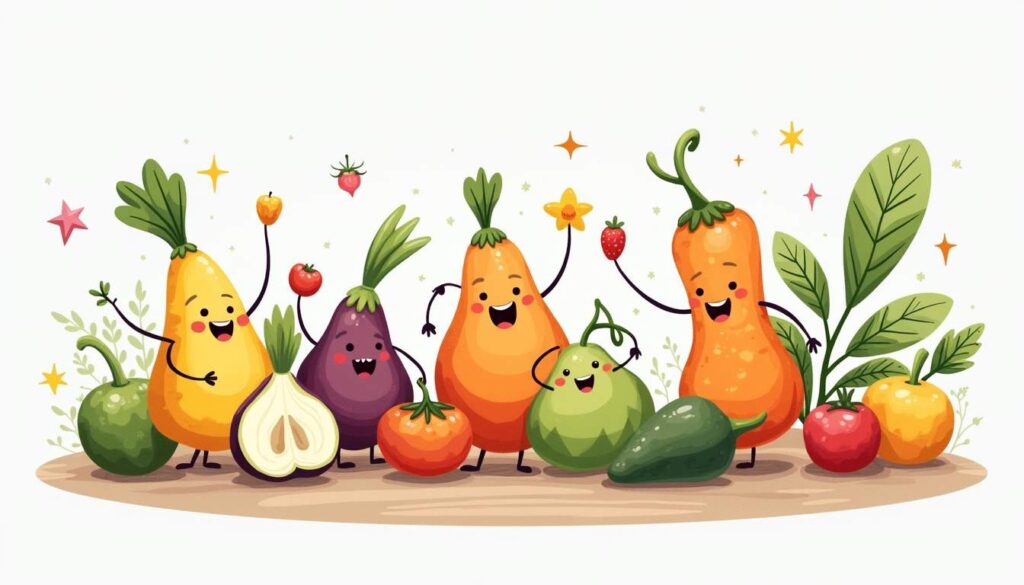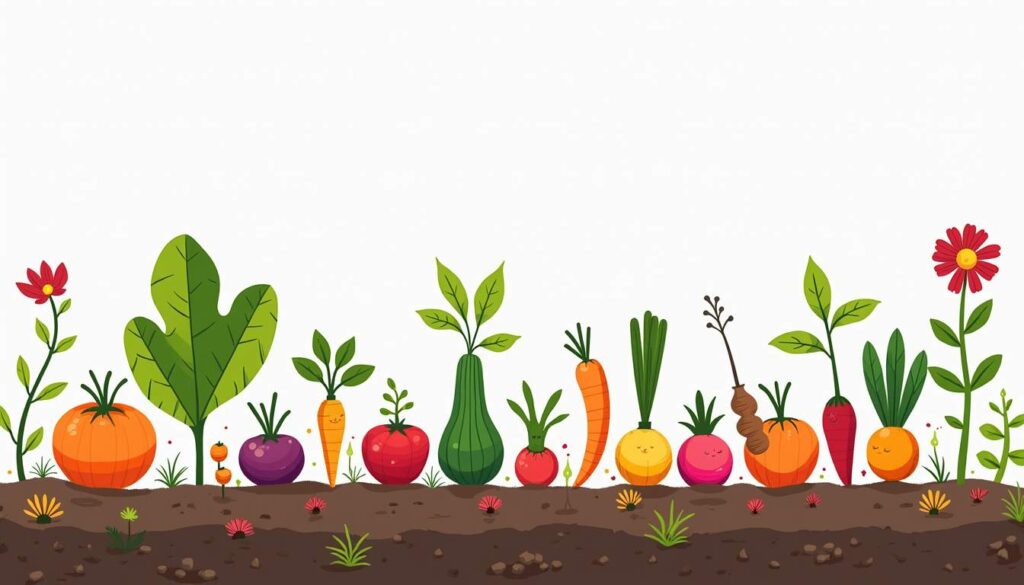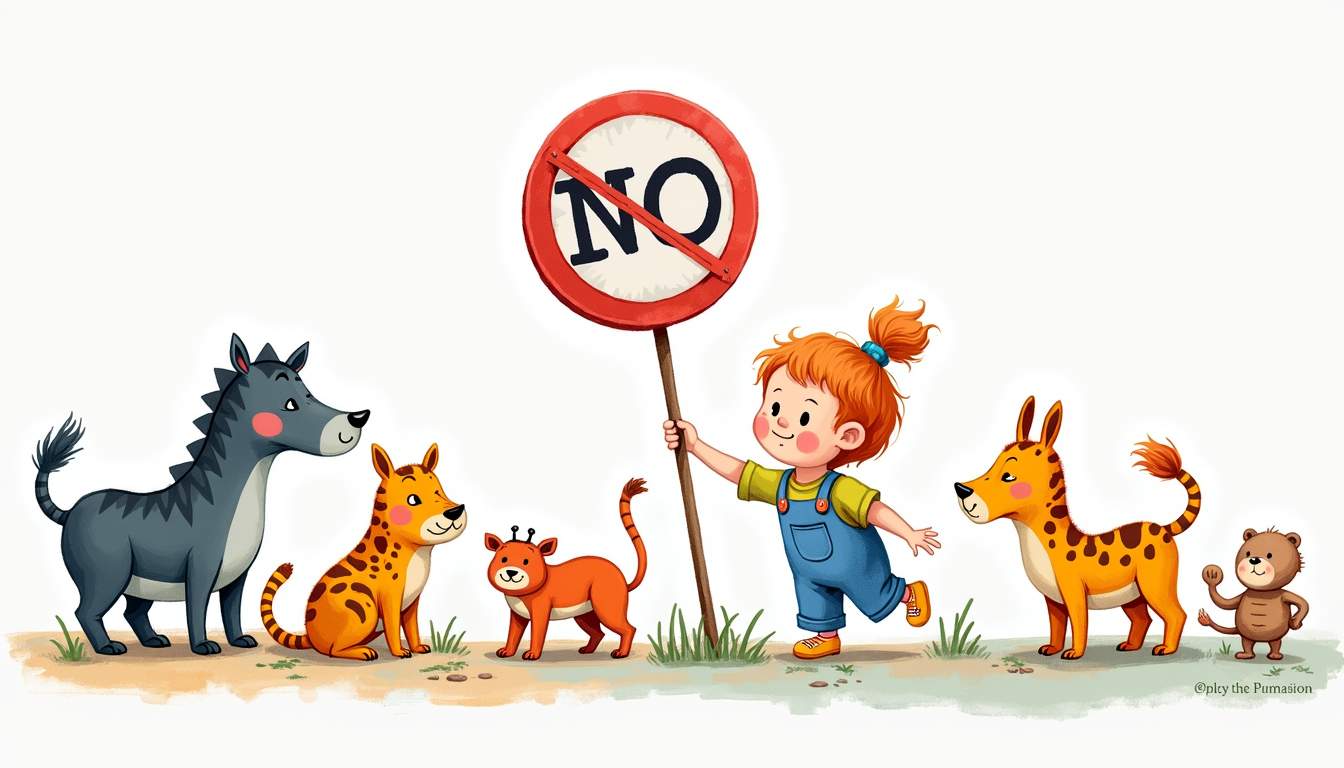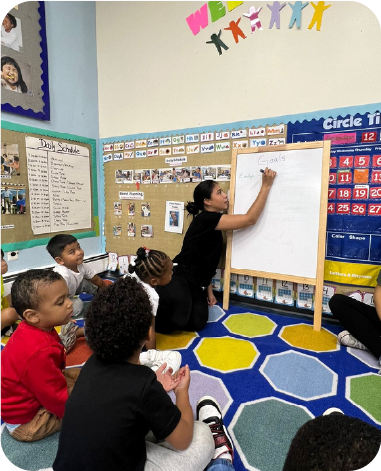Getting toddlers to eat their vegetables can often feel like an uphill battle. Many parents find themselves facing a wall of resistance when it comes to introducing greens and other healthy options into their little ones’ diets. However, there is a surprising trick that can help: making vegetables fun and engaging. This article explores various creative strategies that can transform mealtime into an enjoyable experience for toddlers, leading to healthier eating habits.
The Power of Presentation
One of the simplest yet most effective ways to encourage toddlers to eat more vegetables is by changing how they are presented. Children are naturally drawn to vibrant colors and fun shapes, so using these elements can make veggies more appealing.
Colorful Plates and Bowls
Using colorful plates and bowls can instantly brighten up a meal. When vegetables are served in an eye-catching dish, they can become more enticing. For example, a bright blue plate filled with a rainbow of veggies can capture a toddler’s attention more effectively than a plain white dish. Consider using a variety of colors to create a visually appealing meal that sparks curiosity. Additionally, incorporating themed dinnerware can enhance the experience; plates adorned with their favorite cartoon characters or animals can create excitement around mealtime, making children eager to dive into their colorful creations.
Fun Shapes and Sizes
Using cookie cutters to create fun shapes from vegetables can also make them more appealing. Carrot stars, cucumber hearts, and bell pepper flowers can transform an ordinary plate into a whimsical garden. This not only makes the meal visually stimulating but also encourages toddlers to explore their food. When children are engaged in the process of eating, they are more likely to try new things. Moreover, involving toddlers in the preparation process can amplify their interest; letting them choose which vegetables to cut into shapes or allowing them to help arrange the food on their plates can foster a sense of ownership and excitement about their meal. This hands-on approach can turn mealtime into a delightful adventure, where every bite is a discovery waiting to happen.
Would you like to check out one of the top-rated childcares in New Jersey? Schedule a tour with us!
Incorporating Play into Mealtime
Another effective strategy for getting toddlers to eat more vegetables is to incorporate play into mealtime. This can help reduce the pressure they may feel about eating and make the experience enjoyable.

Veggie Art
Creating veggie art can be a fun and interactive way to engage toddlers. Encourage them to arrange their vegetables into fun shapes or characters on their plates. For instance, they could create a funny face using cherry tomatoes for eyes, a cucumber slice for a mouth, and a carrot stick for a nose. This not only makes the meal more enjoyable but also allows toddlers to take ownership of their food, making them more likely to eat it. Additionally, you can introduce themes for the veggie art, such as animals, superheroes, or even their favorite cartoon characters, which can ignite their creativity and make them excited about mealtime.
Storytelling with Food
Incorporating storytelling into meals can also pique a toddler’s interest. Create a story around the vegetables on their plate. For example, tell a tale about a brave little broccoli that saved the day or a carrot that went on an adventure. By linking food to imaginative stories, toddlers may be more inclined to taste the vegetables involved in the narrative. You can even invite them to contribute to the story, asking questions like, “What do you think happens next?” or “How does our broccoli hero feel?” This interactive approach not only enhances their engagement but also fosters their language skills and creativity during mealtime.
Fun with Colors
Another playful approach is to explore the vibrant colors of the vegetables. You can turn mealtime into a colorful adventure by asking toddlers to identify the colors of the veggies on their plates. For instance, you might say, “Look at this bright orange carrot! What other orange foods can you think of?” This not only makes them more aware of the variety of foods available but also encourages them to try different vegetables based on their colors. You could even create a color chart together, where they can mark off the veggies they’ve tried, making it a fun game to see how many colors they can taste over time.
Cooking Together
Involving toddlers in the cooking process can also make them more excited about eating their meals. Simple tasks like washing vegetables, stirring ingredients, or arranging the food on plates can give them a sense of accomplishment. You can turn it into a mini cooking show, where they can pretend to be chefs, explaining what they are doing as they go along. This hands-on experience not only teaches them about healthy eating but also helps develop their fine motor skills and boosts their confidence in the kitchen. Plus, when they’ve had a hand in preparing the meal, they may be more willing to taste the fruits of their labor!
Involving Toddlers in the Cooking Process
Getting toddlers involved in the kitchen can significantly increase their interest in eating vegetables. When children participate in the preparation of their meals, they develop a sense of ownership and pride, which can lead to a willingness to try new foods.
Simple Cooking Tasks
Assigning simple tasks in the kitchen can be a great way to engage toddlers. They can help wash vegetables, mix ingredients, or even arrange the food on the serving platter. These small tasks can make them feel like they are contributing to the meal, and they may be more excited to eat what they helped prepare.
Would you like to check out one of the top-rated childcares in New Jersey? Schedule a tour with us!
Gardening Together
If space allows, consider starting a small garden with your toddler. Watching vegetables grow from seeds to edible plants can be a magical experience for young children. They will take pride in the vegetables they helped cultivate, making them more likely to eat what they’ve grown. Even a small herb garden on a windowsill can spark interest in cooking and eating fresh produce.
Experimenting with Dips and Sauces
Dips and sauces can be game-changers when it comes to getting toddlers to eat more vegetables. Many children are more willing to try veggies when they are paired with a tasty dip. This can help mask any unfamiliar flavors and make the experience more enjoyable.
Healthy Dipping Options
There are numerous healthy dipping options that can enhance the flavor of vegetables. Hummus, yogurt-based dips, or guacamole can add a creamy texture that many toddlers enjoy. Additionally, these dips can be made with various flavors to keep things interesting. For instance, adding garlic or roasted red peppers to hummus can create a new taste experience.
Homemade Sauces
Creating homemade sauces can also be an excellent way to encourage vegetable consumption. A simple marinara sauce can be a delicious addition to steamed broccoli or zucchini noodles. By incorporating vegetables into sauces, parents can sneak in additional nutrients while making the meal more appealing.
Setting a Positive Example
Children often mimic the behavior of adults, so setting a positive example is crucial in encouraging healthy eating habits. When parents demonstrate a love for vegetables, toddlers are more likely to adopt similar attitudes.
Family Meals
Sharing family meals can create a supportive environment for trying new foods. When toddlers see their parents enjoying a variety of vegetables, they may feel more inclined to join in. Make it a point to include a range of colorful vegetables at the dinner table and express enthusiasm for trying new dishes.
Discussing the Benefits
Talking about the benefits of eating vegetables can also help toddlers understand their importance. Use simple language to explain how veggies help them grow strong and healthy. For instance, saying that carrots help them see better or that spinach gives them energy can create a positive association with these foods.
Creating a Routine
Establishing a routine around mealtime can also help toddlers develop healthier eating habits. Consistency is key when it comes to introducing new foods and encouraging vegetable consumption.

Regular Meal Times
Having regular meal times can create a sense of stability for toddlers. When they know what to expect, they may be more open to trying new foods. Aim to have family meals at the same time each day, making it a special occasion to look forward to.
Gradual Introduction
Introducing new vegetables gradually can also help ease the transition. Instead of overwhelming toddlers with a plate full of unfamiliar foods, start with one new vegetable at a time. Pair it with a familiar favorite to make it less intimidating. Over time, as they become comfortable with new flavors, their willingness to try different vegetables will likely increase.
Celebrating Small Wins
Celebrating small victories can boost a toddler’s confidence and encourage them to try new foods. Positive reinforcement plays a significant role in shaping eating habits.

Positive Reinforcement
When a toddler tries a new vegetable, offer praise and encouragement. A simple “Great job trying that carrot!” can go a long way in reinforcing their efforts. This positive feedback can motivate them to continue exploring new foods and developing a more adventurous palate.
Creating a Reward System
Consider implementing a reward system for trying new vegetables. For example, after trying a certain number of new veggies, they could earn a small reward, such as a sticker or a fun outing. This can turn the process of trying new foods into a game, making it more enjoyable for toddlers.
Conclusion
Encouraging toddlers to eat more vegetables doesn’t have to be a daunting task. By incorporating fun, creativity, and positive reinforcement into mealtime, parents can help their children develop a love for healthy foods. From playful presentations to involving toddlers in the cooking process, there are numerous strategies to make vegetables more appealing. Remember, patience and persistence are key. With time, toddlers can learn to embrace the colorful world of vegetables, leading to healthier eating habits that last a lifetime.
Would you like to check out one of the top-rated childcares in New Jersey? Schedule a tour with us!










